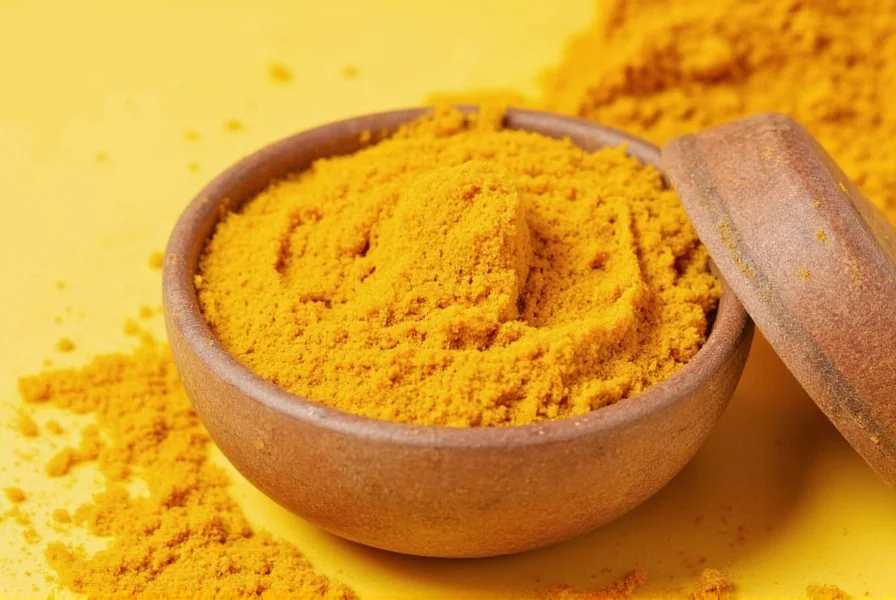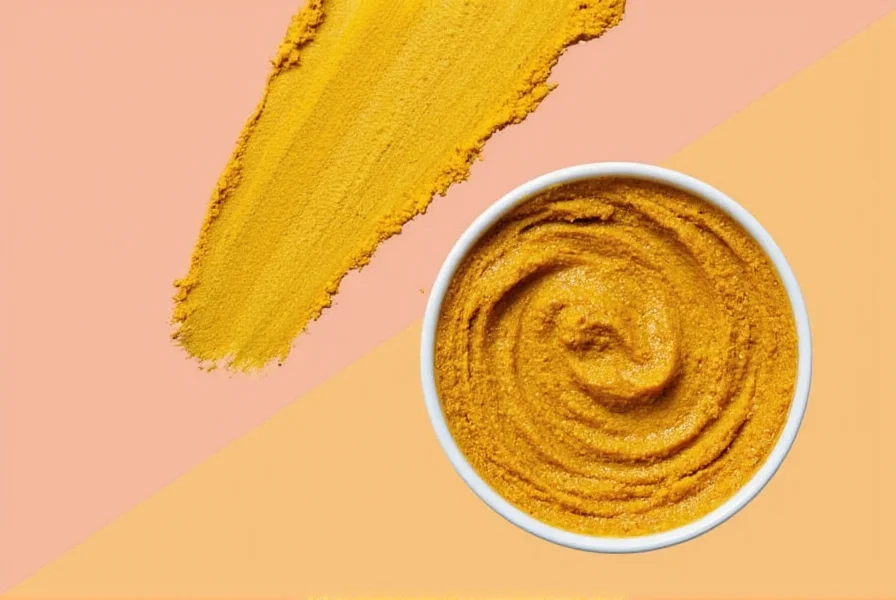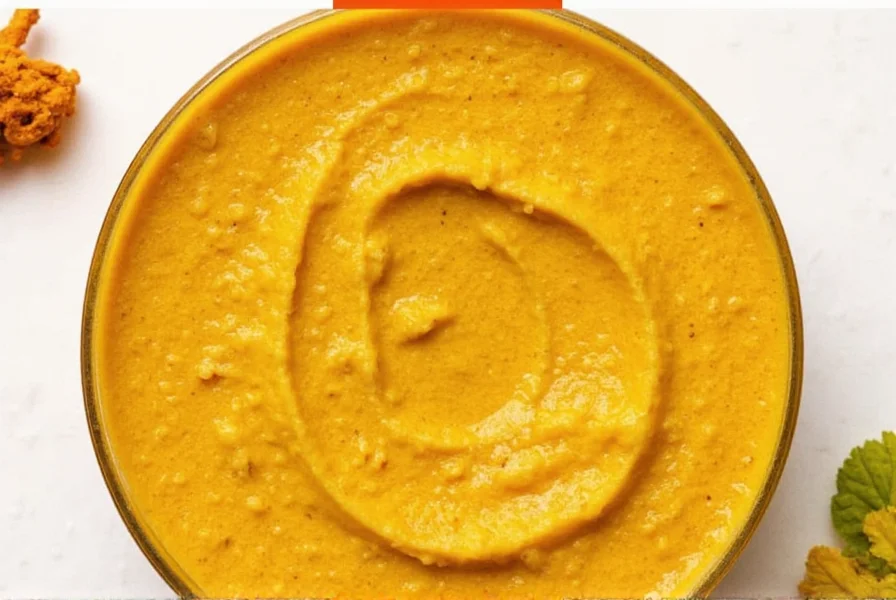A golden-hued kitchen staple has made its way into skincare routines worldwide. Turmeric body scrub, harnessing the power of Curcuma longa, provides a natural solution for those seeking radiant, healthy-looking skin without harsh chemicals. This ancient spice contains curcumin, a compound with documented anti-inflammatory and antioxidant properties that benefit skin health when properly formulated.
The Science Behind Turmeric for Skin Health
Research shows curcumin, turmeric's primary active component, demonstrates significant biological activity. A 2020 review in Cosmetics journal highlighted turmeric's ability to modulate inflammatory pathways in skin cells. When incorporated into body scrubs, turmeric works through dual mechanisms: physical exfoliation from scrub particles and biochemical activity from curcumin absorption.
The effectiveness of turmeric body scrub for sensitive skin depends on proper formulation. Turmeric alone can be drying, but when combined with moisturizing bases like coconut oil or yogurt, it becomes suitable for most skin types except those with known turmeric allergies. The key is balancing exfoliating ingredients with skin-soothing components.
Benefits Backed by Research
Clinical studies support several benefits of topical turmeric application:
| Benefit | Scientific Support | Visible Results Timeline |
|---|---|---|
| Reduces inflammation | Multiple studies show inhibition of inflammatory cytokines | 1-2 weeks of regular use |
| Brightens skin tone | Research indicates reduction in melanin production | 3-4 weeks with consistent application |
| Acne reduction | Antibacterial properties documented in dermatological research | 2-3 weeks for noticeable improvement |
| Wound healing | Studies show accelerated tissue repair mechanisms | Varies by wound severity |
These findings explain why many users report improved skin texture and reduced redness after incorporating a well-formulated turmeric body scrub for acne concerns into their routine. However, results vary based on individual skin chemistry and consistency of use.

Skin Type Considerations
Not all skin types respond equally to turmeric treatments. Understanding your skin's needs prevents disappointment and potential issues:
- Oily and acne-prone skin: Benefits most from turmeric's sebum-regulating and antibacterial properties. Try a homemade turmeric body scrub recipe with bentonite clay for enhanced oil absorption.
- Dry skin: Requires extra moisturizing elements. Combine turmeric with honey and almond oil to prevent excessive dryness while gaining anti-inflammatory benefits.
- Combination skin: Apply primarily to T-zone and oily areas, using lighter formulations on drier patches.
- Fair or light skin: Higher risk of temporary yellow staining. Always include stain-preventing ingredients like lemon juice (use with caution) or tomato paste in your formulation.
Addressing the Staining Concern
The question "does turmeric body scrub stain skin" tops most search queries. Temporary yellow discoloration occurs because curcumin binds to proteins in the skin's outer layer. This isn't permanent damage but can last 1-3 days. Prevention strategies include:
- Using no more than 1/4 teaspoon turmeric per application
- Combining with acidic ingredients like lemon juice or yogurt
- Adding tomato paste which counteracts yellow tones
- Rinsing thoroughly with warm water followed by a gentle cleanser
- Applying immediately before showering rather than leaving on skin
For those concerned about staining, start with lower concentrations and gradually increase as you assess your skin's reaction. The golden rule: how often to use turmeric body scrub should be limited to 1-2 times weekly for most skin types.
Creating an Effective Homemade Formula
A balanced homemade turmeric body scrub recipe requires more than just turmeric powder. The following basic formula minimizes staining while maximizing benefits:
Basic Golden Glow Scrub
- 2 tablespoons fine sugar or coffee grounds (exfoliant)
- 1 tablespoon plain yogurt (moisturizer and stain reducer)
- 1 teaspoon coconut oil (carrier oil)
- 1/4 teaspoon turmeric powder (active ingredient)
- 5 drops lemon essential oil (optional for brightening)
Mix ingredients thoroughly in a small bowl. Apply to damp skin using circular motions, focusing on rough areas like elbows and knees. Leave on for no more than 10 minutes before rinsing completely. Follow with moisturizer. Store any leftovers in an airtight container in the refrigerator for up to 3 days.

Application Best Practices
Maximize benefits while minimizing risks with these evidence-based recommendations:
- Always patch test on a small area 24 hours before full application
- Avoid sun exposure for 12 hours after use as turmeric can increase photosensitivity
- Use at night when possible to allow skin recovery time
- Never use on broken skin as this increases absorption and potential irritation
- Combine with moisturizing ingredients to counteract potential dryness
Consistency matters more than frequency. Using your scrub properly once weekly yields better results than irregular, aggressive use. Track your skin's response in a journal to determine your ideal how often to use turmeric body scrub schedule.
When to Avoid Turmeric Scrubs
Despite its benefits, turmeric isn't suitable for everyone. Avoid turmeric body treatments if you:
- Have known allergies to turmeric or related plants
- Are using prescription topical medications without consulting your dermatologist
- Have open wounds or severe skin conditions
- Experience persistent redness or irritation after patch testing
Remember that natural doesn't always mean safe for every individual. When in doubt, consult a skincare professional before incorporating new treatments.
Frequently Asked Questions
Does turmeric body scrub actually work for dark spots?
Research indicates turmeric may help reduce hyperpigmentation through its anti-inflammatory and antioxidant properties. A 2019 study in Phytotherapy Research showed curcumin's ability to inhibit melanin production. However, results vary by individual and consistent use over 4-8 weeks is typically needed. For best results, combine with sunscreen during daytime as turmeric can increase sun sensitivity.
How long should I leave turmeric scrub on my skin?
Limit application time to 5-10 minutes maximum. Extended contact increases staining risk without providing additional benefits. After massaging the scrub onto damp skin, allow it to sit briefly while you continue your shower routine, then rinse thoroughly with warm water followed by a gentle cleanser to remove any residual color.
Can I use turmeric body scrub on my face?
While some use turmeric scrubs on their face, facial skin is more delicate than body skin. If attempting facial application, reduce exfoliant concentration by half and limit use to once weekly. Avoid if you have sensitive or rosacea-prone skin. Many dermatologists recommend using gentler exfoliants specifically formulated for facial use rather than body scrubs on the face.
What's the best time to use turmeric body scrub?
Evening use before bed provides optimal results as it allows skin recovery time without sun exposure. Apply during your shower routine, giving the scrub 5-10 minutes of contact time before thorough rinsing. Follow with moisturizer to lock in benefits. Avoid using before sun exposure as turmeric can increase photosensitivity.
How do I remove turmeric stains from skin?
Mix baking soda with lemon juice to create a paste, then gently rub on stained areas. Alternatively, use a gentle cleanser with alpha-hydroxy acids which help accelerate skin cell turnover. Stains typically fade within 1-3 days as your skin naturally exfoliates. Prevention through proper formulation and rinsing is more effective than removal after staining occurs.











 浙公网安备
33010002000092号
浙公网安备
33010002000092号 浙B2-20120091-4
浙B2-20120091-4